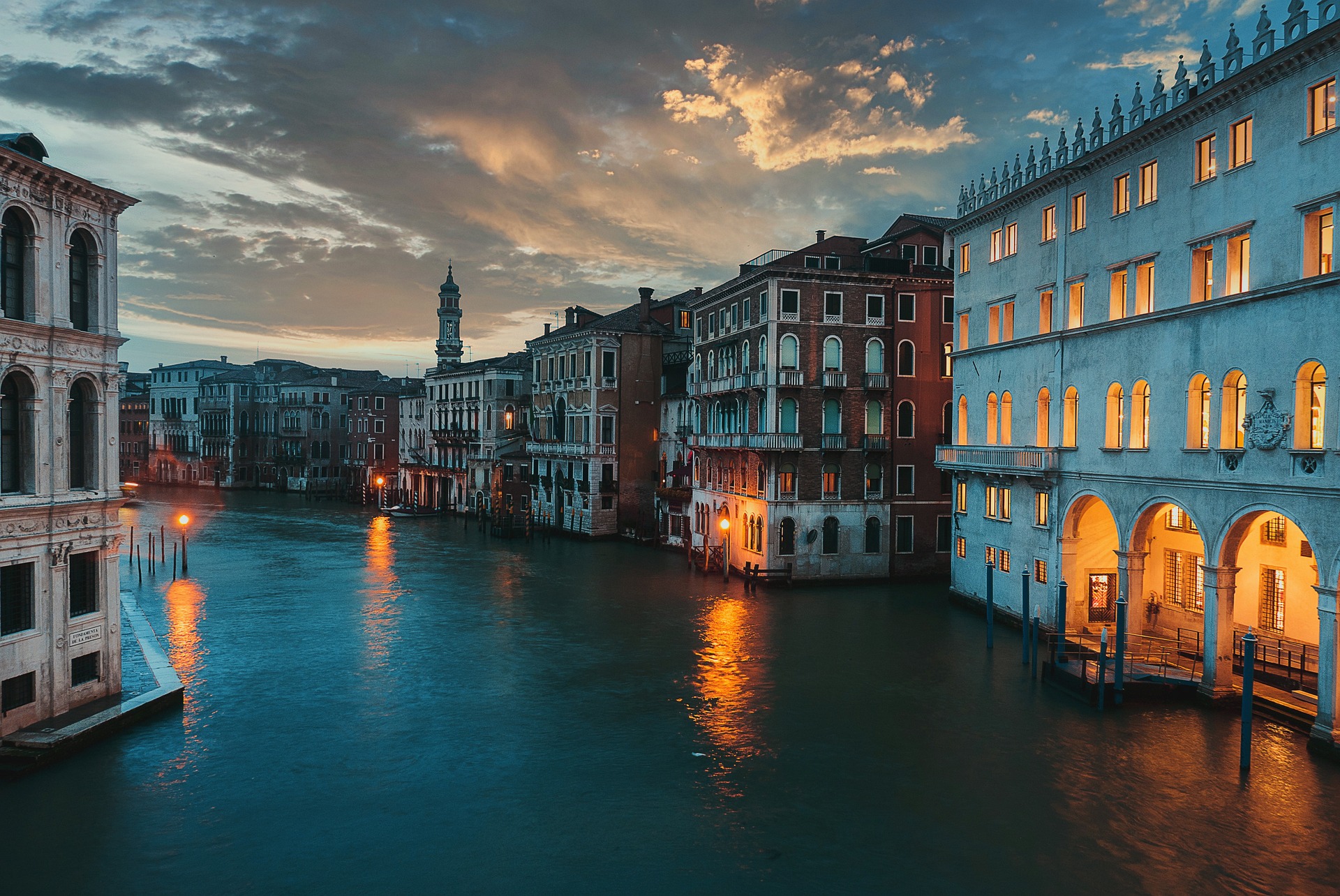Unmasking the Intricacies of Mime: A Silent Art Form Speaks Volumes
The world of arts and entertainment is vast and ever-changing, constantly evolving to reflect the human experience in new and compelling ways. Among its myriad forms, a silent artistry stands out, often overlooked yet deeply significant—the art of mime. Mime is an intriguing blend of movement and silence, which, despite its quietude, speaks volumes. This article delves into the rich history of mime, its evolution in the contemporary world, and its enduring significance.

A Historical Overview of Mime
Tracing its roots back to Ancient Greece, mime is one of the oldest performing arts. Originating as a part of Greek theatre, it soon branched out to develop an identity of its own. The early performers were known as ‘pantomimus’, a term that translates to ‘imitator of all’. Over the centuries, mime has been shaped and refined by numerous cultures and civilizations, eventually evolving into the form we recognize today.
The Modern Mime: A Silent Revolution
Despite its ancient roots, mime is far from being a relic of the past. The art form continues to thrive in the modern world, with performers and troupes across the globe keeping the tradition alive. While the iconic image of a white-faced mime trapped in an invisible box remains popular, contemporary mime is also experimenting with innovative techniques and themes, pushing the boundaries of the art form.
Mime: Impact and Significance
Mime’s significance lies in its simplicity and universality. It transcends language barriers—no words are needed to convey emotions or tell a story. This makes mime a powerful tool for communication and expression, appealing to audiences of all ages and backgrounds. Moreover, mime also plays a therapeutic role, often used as a medium for self-exploration and healing in various forms of therapy.
Reception of the Art Form
Despite its wide-ranging influence and significance, the reception of mime is mixed. While many appreciate its eloquence and expressiveness, others dismiss it as outdated or irrelevant. However, the enduring popularity of mime performances at theatres, festivals, and street performances attests to its ongoing appeal. Moreover, the emergence of new-generation mime artists who experiment with the traditional norms of the art form helps to keep it fresh and engaging.
The Future of Mime: Unseen Possibilities
As we move forward, the future of mime is promising. With an increasing number of artists exploring the art form and the continued interest of audiences worldwide, mime is set to continue its silent dialogue with the world. As it evolves, it will undoubtedly continue to challenge and redefine our understanding of performance and communication.
In conclusion, mime, as a silent art form, speaks volumes. It is a testament to the power of non-verbal communication and the universal language of emotion. Despite the changes and challenges it has faced over the centuries, mime continues to captivate audiences with its blend of tradition and innovation, proving that silence, indeed, can speak louder than words.




